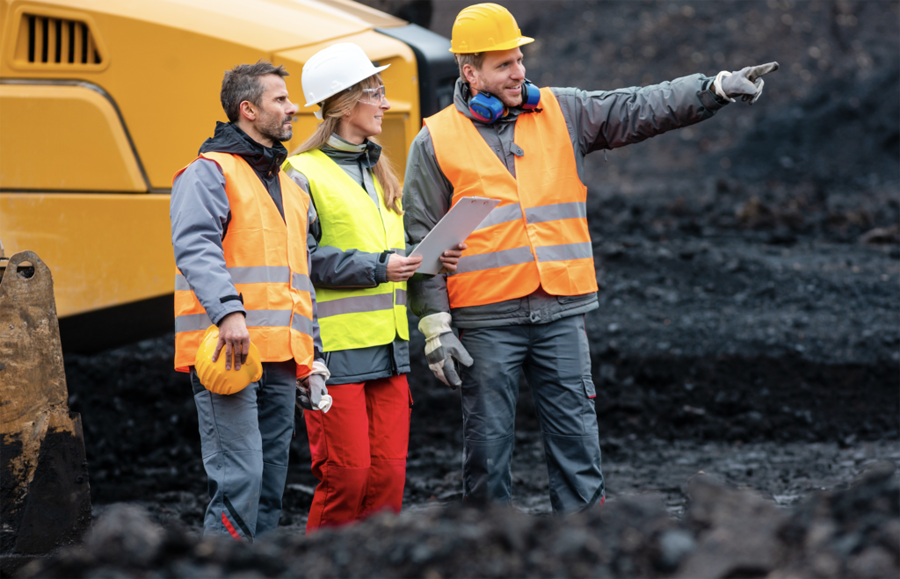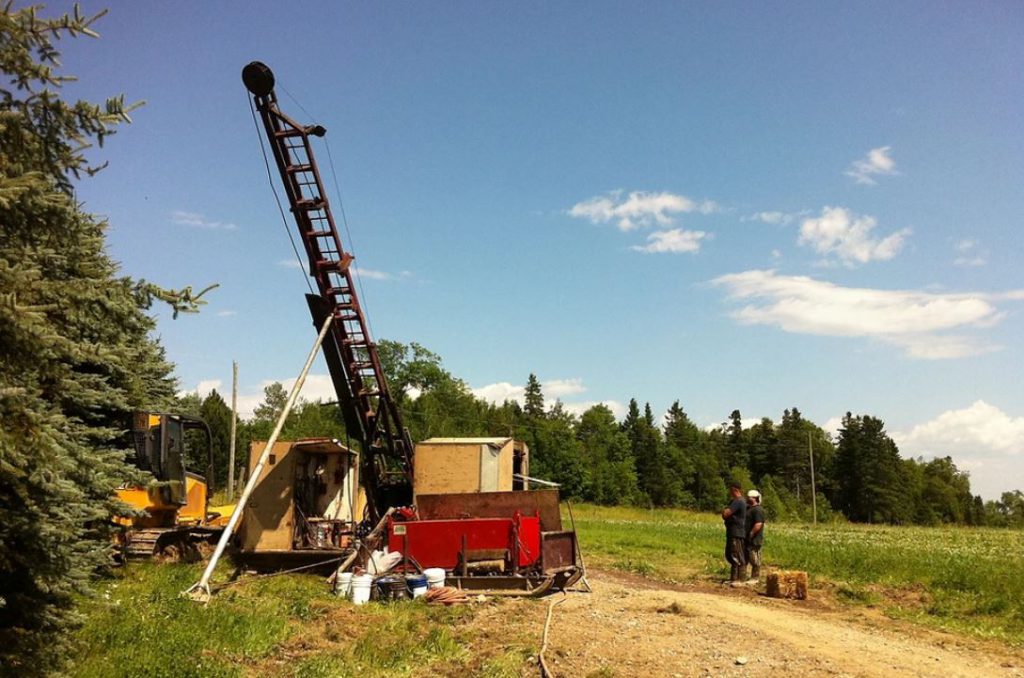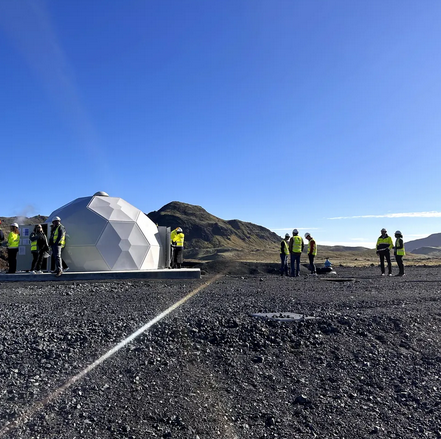Global mining workforce — future of the industry

To understand the importance of the mining industry and mining jobs to the development of human beings, we only have to look at its significance throughout history.
Archaeological evidence suggests that the first mining examples can be traced back to prehistoric periods. The material mined was flint, which humans used for tools and weapons such as knives and arrowheads.
The world’s oldest known underground mine was located at Bomvu Ridge in Swaziland’s Ngwenya mountains. It is believed to be over 40,000 years old, and a natural clay pigment called Ochre was mined.
These early civilisations understood the vital importance of mining materials in developing their societies and communities. They also acknowledged the necessity of the continuous development of mining practices as a method of overcoming challenges and increasing productivity. The industry is facing new challenges in today’s world, and the importance of development and progression has never been greater.
As these demands for change grow, so does the need for workers. Across the globe, talent pools are increasing, and more and more mining jobs are appearing. The Minerals Council of Australia reported a ‘jobs boom’ and the availability of thousands of mining opportunities across the country. North America has also recently seen a noticeable increase in mining vacancies across the country. In addition, Europe was the fastest-growing region for hiring digital roles in the mining industry in the second quarter of 2022.
It is an exciting time to work in the mining industry. However, mining must continue to develop itself to attract a highly skilled workforce, creating a productive and sustainable future for the industry.
Here we will explore the mining industry’s key challenges, development, and future.
Power of diversity in the mining industry
Despite the rich and fascinating history of mining, it is no secret that it has been a male-dominated industry. However, women’s representation in senior-management positions has been the subject of considerable debate in recent years.
In 2013, PricewaterhouseCoopers (PWC) found that only 5% per cent of the board positions of the top 500 global listed mining companies are occupied by women. At this time, the mining industry had the fewest number of women on its boards than any other industry. In 2019, they carried out a separate report of the top mining companies and found that there has been a marginal increase of 21%. This put these mining companies on par with the average Fortune 1000 companies.
The culture of mining companies has contributed to a lack of female employment in the industry. In a 2021 survey of mining employees by McKinsey and Co, they found that women entering the industry were attracted to the variety of work and growth opportunities it offered. However, reasons for women leaving were stated that they felt that advancement opportunities were limited and it has a non inclusive culture.
The good news is things are changing, and the industry is starting to wake up. Diversity is key to the industry’s future, and some very striking statistics back it up. For example, in 2019, Market Intelligence carried out a study which revealed:
- Companies with a female CEO saw a 20% increase in stock price momentum.
- Companies with a woman CFO saw a 6% increase in profitability and 8% larger stock returns.
Perpetua Resources Corp is an industry leader in understanding the importance of diversity, not just for profits but as an employment avenue for women seeking senior-level and management positions. As a result, 40% of the company’s workforce are women, making up nearly 70% of the executive management team. Perpetua Resources Corp. President and CEO Laurel Sayer explained:
“Everyone should be able to find a career in mining. It’s our responsibility as leaders to open that door. I think in order to diversify the workforce, you need to show that you have diversity at the top.”
Women entering into senior-level positions is vital to the diversification of the industry as a whole. This increased diversity is also critical to the industry’s future as it continues to evolve in the face of challenges from the digital age and climate change. Barbara Dischinger, director and founder of the UK-based nonprofit organisation International Women in Mining, commented on the importance of diversity to the industry’s future,
“Mining is facing many challenges today, from digital disruption to sustainability and decarbonisation. Diversity promotes diversity of thought, which is extremely important for creativity, and strategic resilience, which mining companies will need to tackle the next mining supercycle and current challenges the industry faces.”
As the industry adapts to these new challenges, the demand for female representation at the senior level will increase. The future is bright, and as the mining industry evolves, the female faces we will see in roles such as board members, chief executive officers, mine managers, and mine engineers will increase.
Technology guiding the future of the mining industry
As human reliance on mining continues in the modern age and well into the future, the advancement of technology is constant and vital. To highlight the demand, an average American uses approximately 40,000 pounds of newly mined materials annually.
In the early days of mining, miners used primitive tools made of stone or even used their hands as digging tools. The Middle Ages saw significant technological advancements as explosives powders and, eventually, dynamite was used to dismantle large rocks. In the 19th century, mining tools such as lifts, pumps, and drills came to fruition.
These constant advancements have led to the industry’s survival throughout history. However, continued progress is vital in facing ongoing challenges such as climate change and a growing population.
Key technological advancements within the mining industry include:
Automated drones
Drones have become a visible presence across wider society in recent years, and this is no different in the mining industry. They have been vital to improving the industry by performing the following services:
- Site mapping
- Safety and surveillance of hazardous areas
- Asset Management
- Infrastructure upkeep
- Time-lapse photography
There are several advantages of mining companies using drone technology. Some of the key benefits are:
- Using drones for mine surveys allows for quicker data collection across sites. Drones are over 20 times faster in collecting data than the traditional methods carried out by workers on the ground.
- Aerial photography and drone imagery offer high-resolution videos and images compared to ground-based traditional inspections and mine mapping.
- Drones are being used to provide safety and surveillance in hazardous areas to prevent workers from being placed in danger. Underground mining, in particular, can be dangerous, as the materials which need to be excavated can lie in areas that are difficult to reach. Cameras on drones can provide images that can be sent to be safely remotely analysed. Drones are essential for remote excavation techniques, where robots are used in place of humans to extract minerals in dangerous terrains.
Artificial intelligence
Artificial Intelligence is a crucial instrument in the advancement of the mining industry. Smart Data and Machine Learning improve mine safety, production workflow, and operational effectiveness. As the industry is developing so quickly, AI is essential for how mines make decisions and plan for the future. Mining AI has been vital in the development of two main areas:
- Automated Vehicles and Drilling Systems: Autonomous vehicles have been commonplace in mines for several years. In 2008, Rio Tinto Alcan used the world’s first commercial autonomous mining haulage system. After reporting health, safety and productivity benefits, it expanded its fleet of driverless trucks. This has driven the way for the use of automated vehicles across the globe. The self-driving trucks use AI to navigate through narrow tunnels in the mines.
- Mineral Exploration: Artificial Intelligence allows mining companies to swiftly and safely map geographical locations with high mineralisation potential, saving time and exploration costs. In addition, the AI algorithms, backed by X-ray data and colour sensors, improve the quantity and quality of the mineral exploration process. One example of AI is AI-augmented vision technology, which helps the data from drilling and rock samples automatically identify the types of minerals with precision. Compared to manual analysing, this saves significant time and effort.
Mine planning software
The development of mine planning software has provided an efficient, accurate, and cost-effective way for mining companies to manage their businesses. It can be operated remotely, meaning that mining companies can manage all aspects of their business from anywhere on the globe, making mining practices significantly more efficient.
Mine planning software reduces costs and the environmental impact and substantially improves the miners’ health and safety. Due to its development, the proportion of mining companies hiring Artificial Intelligence-related positions has increased in 2022 against last year. For example, in May 2022, hiring rates were 38.1% vs 21.4% in the same month in 2021.
With the advancement of technology, there is a concern that the new technology will deplete the human workforce. Fortunately, this remains untrue; Mark Ryan from technology company Normet explained:
“People often think that if we have this increased level of technology, that potentially their job becomes redundant. What we’ve seen in reality is that those jobs still exist; it’s just that the skills are different,”
Below are just two examples of roles which have developed and will become more prominent as technology advances in the mining industry:
- Mine Planning Engineer – Direct and manage all mine production activities, including planning, budgeting, staffing, cost control, and profitability. Engineers need to be skilled in using mine planning software.
- Machine Learning Engineer – Design and create AI algorithms capable of learning and making predictions that define machine learning. These algorithms are used, for example, to improve health and safety and to find minerals.
This article first appeared on CSG Talent’s blog.
More News
PDAC Video: Blue Lagoon preps for July gold production start in British Columbia
April 11, 2025 | 02:46 pm
Manganese X poised to begin pre-feasibility study at Battery Hill
April 11, 2025 | 02:39 pm
{{ commodity.name }}
{{ post.title }}
{{ post.date }}




Comments